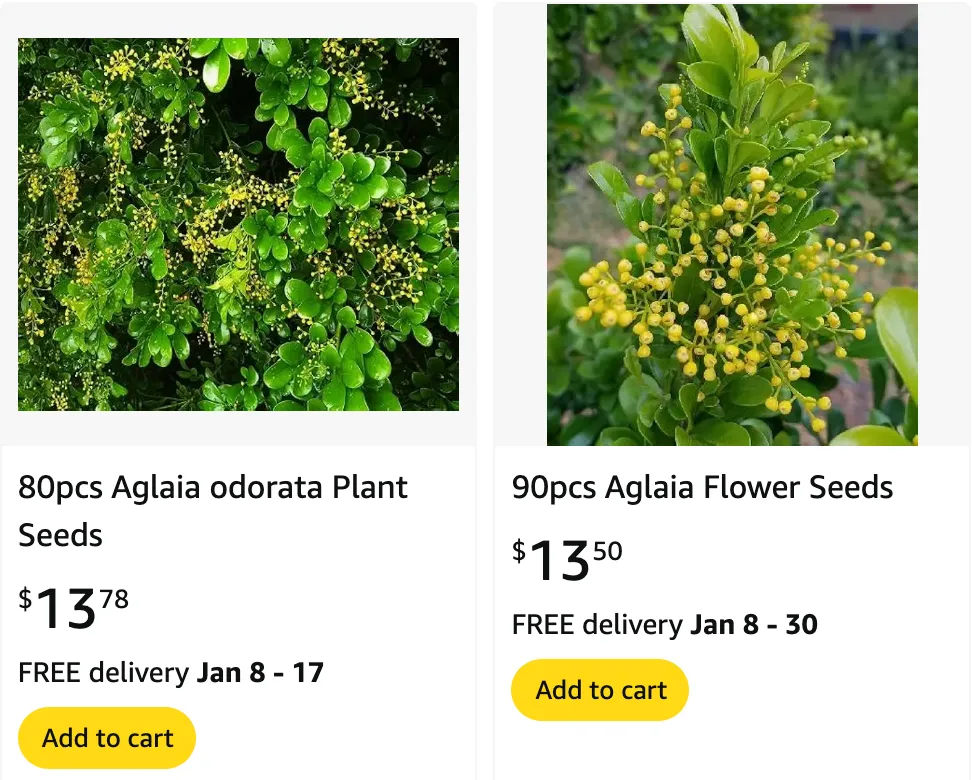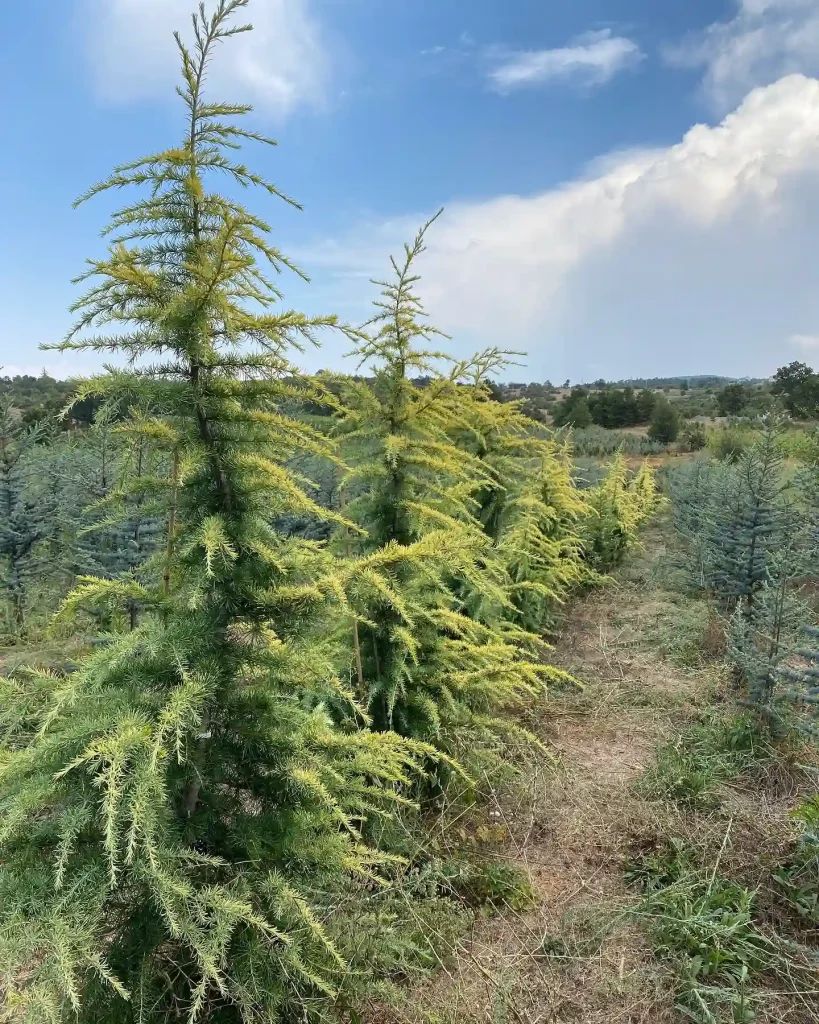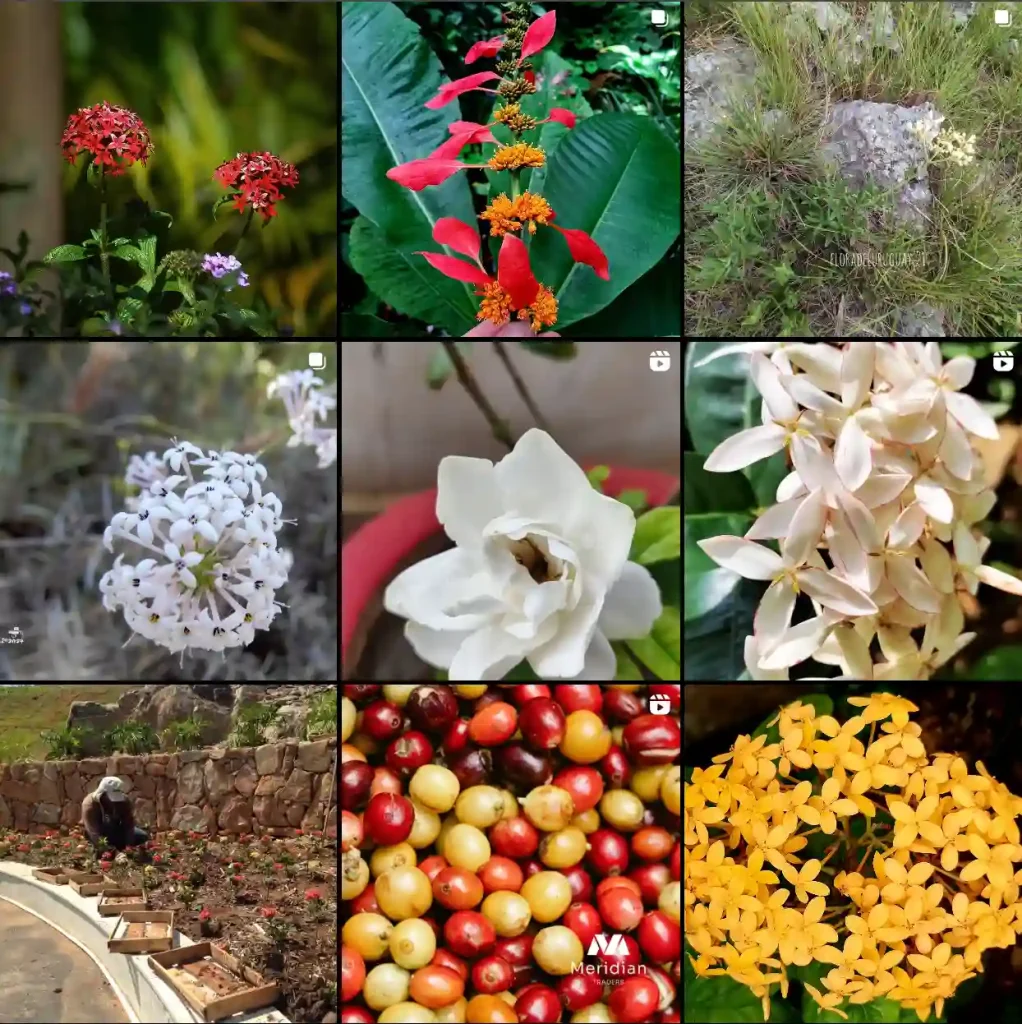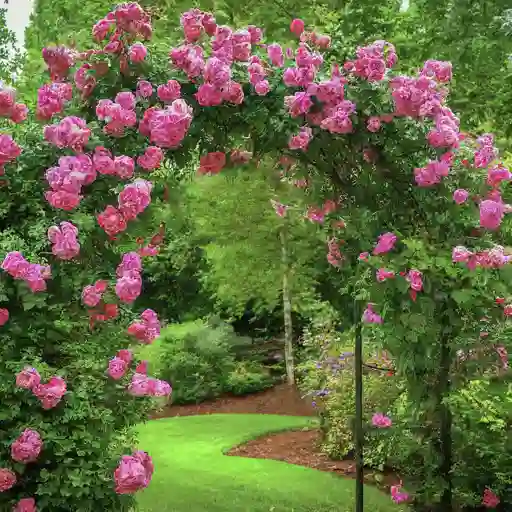
November 13 – Aglaia
"Aglaia, the radiant plant, defines November 13."
Aglaia symbolizes brilliance and vitality. You are a source of energy and positivity, illuminating the lives of those around you. Like its shimmering beauty, your presence is dynamic and uplifting.
Aglaia: A Deep Dive into a Fascinating Genus
My name is Ferb Vu, and I’ve always been drawn to the intricate world of plants. The sheer diversity and complexity of the plant kingdom never cease to amaze me. Lately, I’ve become particularly interested in the genus Aglaia, a group of trees belonging to the mahogany family, Meliaceae. These trees, with their diverse array of chemical compounds and potential medicinal uses, have captured my attention, and I’d like to share some of what I’ve learned.
What is Aglaia?
Aglaia encompasses over 120 recognized species of woody trees found in the subtropical and tropical forests of Southeast Asia, northern Australia, and the Pacific Islands. These trees are dioecious, meaning they have separate male and female trees. They are known for their unique chemical properties, particularly their production of flavaglines, a class of highly bioactive compounds.
A Diverse Family
The genus Aglaia boasts a remarkable diversity of species:
- Aglaia agglomerata Merr. & L.M.Perry
- Aglaia aherniana G.Perkins
- Aglaia amplexicaulis A.C.Sm.
- Aglaia angustifolia (Miq.) Miq.
- Aglaia apiocarpa (Thwaites) Hiern
- Aglaia archboldiana A.C.Sm.
- Aglaia argentea Blume
- Aglaia australiensis Pannell
- Aglaia barbanthera C.DC.
- Aglaia basiphylla A.Gray
- Aglaia beccarii C.DC.
- Aglaia bourdillonii Gamble
- Aglaia brassii Merr. & L.M.Perry
- Aglaia brownii Pannell
- Aglaia bullata Pannell
- Aglaia ceramica (Miq.) Pannell
- Aglaia chittagonga Miq.
- Aglaia conferta Merr. & L.M.Perry
- Aglaia cooperae Pannell
- Aglaia coriacea Korth. ex Miq.
- Aglaia costata Merr.
- Aglaia crassinervia Kurz ex Hiern
- Aglaia cremea Merr. & L.M.Perry
- Aglaia cucullata (Roxb.) Pellegr.
- Aglaia cumingiana Turcz.
- Aglaia cuspidata C.DC.
- Aglaia densisquama Pannell
- Aglaia densitricha Pannell
- Aglaia edulis (Roxb.) Wall.
- Aglaia elaeagnoidea (A.Juss.) Benth.
- Aglaia elliptica (C.DC.) Blume
- Aglaia erythrosperma Pannell
- Aglaia euryanthera Harms
- Aglaia evansensis A.C.Sm.
- Aglaia eximia Miq.
- Aglaia exstipulata (Griff.) W.Theob.
- Aglaia fellii W.E.Cooper & Joyce
- Aglaia ferruginea C.T.White & W.D.Francis
- Aglaia flavescens C.DC.
- Aglaia flavida Merr. & L.M.Perry
- Aglaia forbesii King
- Aglaia foveolata Pannell
- Aglaia fragilis A.C.Sm.
- Aglaia glabrata Teijsm. & Binn.
- Aglaia gracilis A.C.Sm.
- Aglaia grandis Korth. ex Miq.
- Aglaia heterotricha A.C.Sm.
- Aglaia hiernii King
- Aglaia ijzermannii Boerl. & Koord.-Schum.
- Aglaia integrifolia Pannell
- Aglaia korthalsii Miq.
- Aglaia lancilimba Merr.
- Aglaia lawii (Wight) C.J.Saldanha
- Aglaia laxiflora Miq.
- Aglaia lepidopetala Harms
- Aglaia lepiorrhachis Harms
- Aglaia leptantha Miq.
- Aglaia leucoclada C.DC.
- Aglaia leucophylla King
- Aglaia luzoniensis (S.Vidal) Merr. & Rolfe
- Aglaia mabberleyi Pannell
- Aglaia mackiana Pannell
- Aglaia macrocarpa (Miq.) Pannell
- Aglaia macrostigma King
- Aglaia malabarica Sasidh.
- Aglaia malaccensis (Ridl.) Pannell
- Aglaia mariannensis Merr.
- Aglaia membranifolia King
- Aglaia meridionalis Pannell
- Aglaia monocaula C.M.Pannell
- Aglaia monozyga Harms
- Aglaia monticola W.E.Cooper & P.I.Forst.
- Aglaia multinervis Pannell
- Aglaia nyaruensis C.M.Pannell
- Aglaia odorata Lour. Plant FAQs: Aglaia Odorata – Chinese Perfume Tree
- Aglaia odoratissima Blume
- Aglaia oligophylla Miq.
- Aglaia pachyphylla Miq.
- Aglaia palembanica Miq.
- Aglaia pannelliana W.N.Takeuchi
- Aglaia parksii A.C.Sm.
- Aglaia parviflora C.DC.
- Aglaia penningtoniana Pannell
- Aglaia perviridis Hiern
- Aglaia pleuropteris Pierre
- Aglaia polyneura C.DC.
- Aglaia puberulanthera C.DC.
- Aglaia pyriformis Merr.
- Aglaia ramotricha Pannell
- Aglaia rimosa (Blanco) Merr.
- Aglaia rivularis Merr.
- Aglaia roxburghiana (Wight & Arn.) Miq.
- Aglaia rubiginosa (Hiern) Pannell
- Aglaia rubrivenia Merr. & L.M.Perry
- Aglaia rufibarbis Ridl.
- Aglaia rufinervis (Blume) Bentv.
- Aglaia rugulosa Pannell
- Aglaia saltatorum A.C.Sm.
- Aglaia samoensis A.Gray
- Aglaia sapindina (F.Muell.) Harms
- Aglaia saxonii W.N.Takeuchi
- Aglaia scortechinii King
- Aglaia sessilifolia Pannell
- Aglaia sexipetala Griff.
- Aglaia silvestris (M.Roem.) Merr.
- Aglaia simplicifolia (Bedd.) Harms
- Aglaia smithii Koord.
- Aglaia soepadmoi Pannell
- Aglaia speciosa Blume
- Aglaia spectabilis (Miq.) S.S.Jain & S.Bennet
- Aglaia squamulosa King
- Aglaia stellatopilosa Pannell
- Aglaia subcuprea Merr. & L.M.Perry
- Aglaia subminutiflora C.DC.
- Aglaia subsessilis Pannell
- Aglaia taiwaniana S.S.Ying
- Aglaia taynguyenensis T.Ð.Ðai
- Aglaia tenuicaulis Hiern
- Aglaia teysmanniana (Miq.) Miq.
- Aglaia tomentosa Teijsm. & Binn.
- Aglaia unifolia P.T.Li & X.M.Chen
- Aglaia variisquama Pannell
- Aglaia vitiensis A.C.Sm.
- Aglaia wallichii Hiern
The Chemical Wonders of Flavaglines
One of the most fascinating aspects of Aglaia is the presence of flavaglines. These compounds exhibit a wide range of biological activities, including:
- Anticancer properties: Some flavaglines have shown promising results in inhibiting the growth of cancer cells.
- Antiviral activity: Certain flavaglines have demonstrated the ability to combat viral infections.
- Insecticidal effects: Flavaglines can act as natural insecticides, protecting the trees from pests.
The discovery of these compounds has opened up exciting possibilities for the development of new drugs and therapies.
Traditional Uses and Modern Applications
Aglaia has a long history of use in traditional medicine. Various parts of the trees, including leaves, bark, and roots, have been used to treat a variety of ailments, such as:
- Fever: Aglaia extracts have been traditionally used to reduce fever.
- Skin diseases: The leaves and bark have been applied topically to treat skin infections and wounds.
- Gastrointestinal problems: Some species have been used to alleviate stomach aches and diarrhea.
Modern research is now validating some of these traditional uses, while also exploring new applications for Aglaia and its unique compounds.
Conservation Concerns
Despite their ecological and potential medicinal importance, many Aglaia species are facing threats due to:
- Habitat loss: Deforestation and land conversion are leading to the loss of Aglaia habitats.
- Overexploitation: Some species are being overharvested for their timber and medicinal properties.
- Climate change: Changes in temperature and rainfall patterns may negatively impact Aglaia populations.
Conservation efforts are crucial to ensure the survival of these fascinating trees and their valuable contributions to both ecosystems and human health.
Looking Ahead
As I continue to delve deeper into the world of Aglaia, I am filled with a sense of wonder and excitement. These trees, with their intricate chemistry and diverse applications, hold immense potential for future discoveries. I believe that further research into Aglaia will not only enhance our understanding of the natural world but also lead to the development of new and innovative solutions for some of the challenges facing humanity.
I am committed to learning more about this fascinating genus and contributing to its conservation. I hope that by sharing my knowledge and passion, I can inspire others to appreciate the beauty and importance of Aglaia and the vital role it plays in our planet’s biodiversity.
If i die, water my plants!



